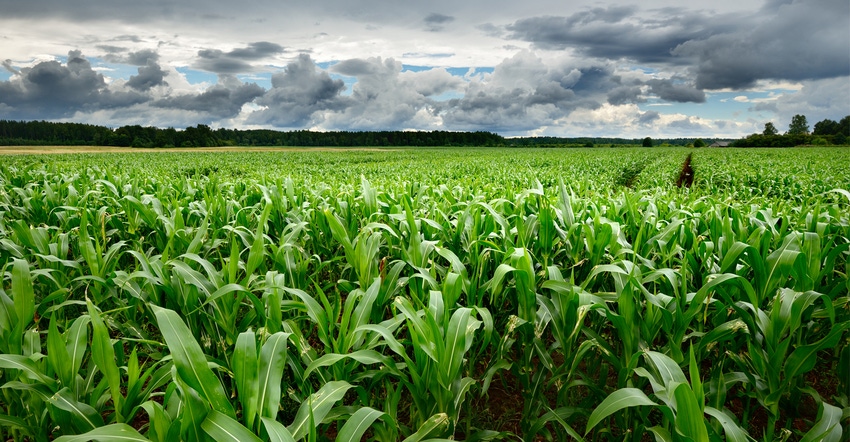August 4, 2021

Kansas farmers and livestock producers faced plenty of challenges during the COVID-19 pandemic. Fortunately, the U.S. government provided financial relief in the form of two rounds of Coronavirus Food Assistance Program payments through the USDA, and payments from the Small Business Administration’s Paycheck Protection Program, totaling $1.18 billion.
According to the July 19 AgManager weekly update from Kansas State University’s Department of Agricultural Economics, Jennifer Ifft, associate professor and K-State Extension specialist in agricultural policy, and Anil Giri, research agricultural economist with the USDA Economic Research Service, crunched the numbers.
For reference, the total government payments in 2019 to Kansas farmers, including 2018 Farm Bill programs and the Market Facilitation Program was $1.4 billion. Combined payments from CFAP 1 and CFAP 2, as well as forgiven PPP loans, is about 84% of those 2019 government payments, according to Ifft and Giri. Those combined payments are also about 7.4% of the $16.3 billion total agricultural cash receipts received by Kansas producers in 2019.
And payments for 2020 will likely continue to increase due to continued payments from 2018 Farm Bill programs.
CFAP 1
Ifft and Giri write that the primary relief program for agricultural producers was the Coronavirus Food Assistance Program, which USDA administered in two rounds.
“Producers who suffered price declines (generally 5% or more) and additional marketing costs due to the pandemic are eligible to receive CFAP payments,” they write. The payment limit was $250,000 per person or legal entity, with allowances for up to $750,000 for additional operators or shareholders.
As of June 27, USDA approved 31,632 applications from Kansas producers for CFAP 1, for a total of more than $464.6 million in payments. The average approved application received $14,689.
Cattle producers received the largest share of CFAP 1 payments, almost $323.9 million, or 70%, of the total payments.
“This reflects a higher per-unit payment rate for cattle in CFAP 1, compared to other livestock and the large cattle sector in Kansas,” according to Ifft and Giri.
Corn producers received $72.4 million, or 16%, of the payments.
While USDA stopped accepting applications for CFAP 1 payments on Sept. 11, 2020, the department is still processing and making payments to applicants.
CFAP 2
USDA is still accepting applications for CFAP 2 and a deadline has not been announced. Still, as of June 27, USDA had approved 56,329 applications from Kansas producers for CFAP 2, and had made nearly $420 million in payments. That was almost $45 million less than the CFAP 1 payments, Ifft and Giri write.
“The average CFAP 2 payment was $7,449, less than the average CFAP 1 payment by $7,240,” they write. Again, cattle producers received the largest share of CFAP 2 payments, at nearly $155 million, or 37%, of the total. Corn producers received more than $118 million, or 28%, of the total payments.
Paycheck Protection Program
Kansas producers also received forgivable loans from the Paycheck Protection Program. PPP was intended to allow producers to keep employees paid and cover some overhead costs.
For PPP loans to be fully forgiven, a recipient would have to use at least 60% on payroll expenses, maintain the pre-PPP number of employees and compensation, and use the loan within 24 weeks of disbursement.
“SBA disbursed more than $627 million in PPP loans, of which more than $298 million (48%) has already been forgiven,” according to Ifft and Giri. PPP loans were almost evenly divided between crop and animal producers, with the livestock sector having more than $160 million in loans (47% of loans) forgiven, and the crop sector having more than $137 million in loans (48%) forgiven.
To read more, visit Relief to Kansas Agricultural Producers from the Coronavirus Food Assistance Program and the Paycheck Protection Program.
Source: Kansas State Department of Agricultural Economics is solely responsible for the information provided and is wholly owned by the source. Informa Business Media and all its subsidiaries are not responsible for any of the content contained in this information asset.
You May Also Like




